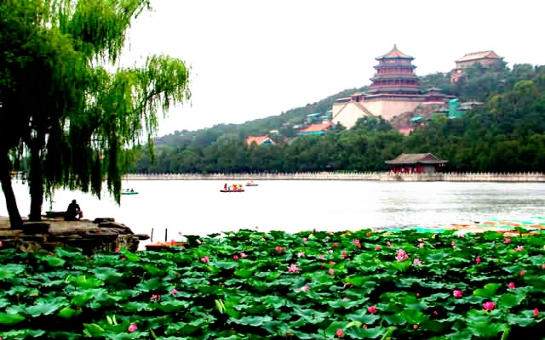Follow us !
Beijing's grand vision of a blue-water Chinese lake
World
21:00 | 27.12.2013

Beijing's grand vision of a blue-water Chinese lake
China's assertive demarcation of the airspace over the East China Sea hints at an ambitious yet risky long-term strategy of maritime control."I thought this would happen one day, but never that they would go ahead so soon," said a Japanese national security source after China declared its new air defense identification zone last Saturday.Chinese national security advisers had mooted the idea before. One put the objective this way, according to the source: The Americans and Japanese have their own zones, allowing them to fly in international skies as if they were in their own airspace. China needed one, too.That it has acted now is partly a reaction to a rapid increase in Japanese and U.S. monitoring of China's military in the East China Sea. Japan's submarine-tracking P-3C surveillance planes perform frequent sweeps. E-2C early warning aircraft, equipped with powerful long-distance radar, have routinely patrolled the area since a Chinese plane crossed into airspace over the disputed Senkaku Islands last December.America is even bolder. While Japan's spy planes generally remain within its airspace, U.S. E-P3s and Global Hawk drones buzz the Chinese mainland from time to time, sources say.China's air defense zone is meant to confound such snooping, as well as Japan's effective control over the Senkaku Islands, called the Diaoyu by the Chinese. China resents and fears being watched by Japan and the U.S. Knowing, say, what routes Chinese warships and submarines normally take through the East China Sea into the Pacific Ocean could give the allies an advantage if push comes to shove, according to a source familiar with Japanese and U.S. military affairs. The country's frustration had been mounting. Just last month, Beijing openly accused Japan of interfering with its naval drills in the western Pacific.It may have determined it is now capable of enforcing an air defense zone. Midair refueling has widened its air force's reach in recent years, and long-range unmanned Chinese planes are taking to the skies, with the added aim of getting a jump on Japan's drone program.Looking further ahead, China envisions thwarting the allies' spying in the East China Sea while continuing to build up its own military, eventually turning the East China Sea into a Chinese lake off limits to Japanese and U.S. forces, people familiar with national security policy in Tokyo and Washington say. Its attempt to control air traffic is an opening move in this strategy. The country seems intent on staking out similar zones in the South China Sea and the Yellow Sea, which would surely rile its Southeast Asian neighbors.For the international community, the most serious concern is that China, unlike Japan and other countries that maintain air defense zones, seems to regard its as a de facto area of control. China did not confront the two U.S. B-52 bombers that flew through the newly established zone without prior notice. But officials in Tokyo and Washington fear that today's lax enforcement could give way to a blockade of noncompliant aircraft as China gains military muscle.That would cast a pall over commerce in the region. A climb down may be out of the question now. But Japan needs to join the U.S., South Korea and Southeast Asian nations in persuading China to act as a responsible member of the international community. (asia.nikkei.com)ANN.Az










